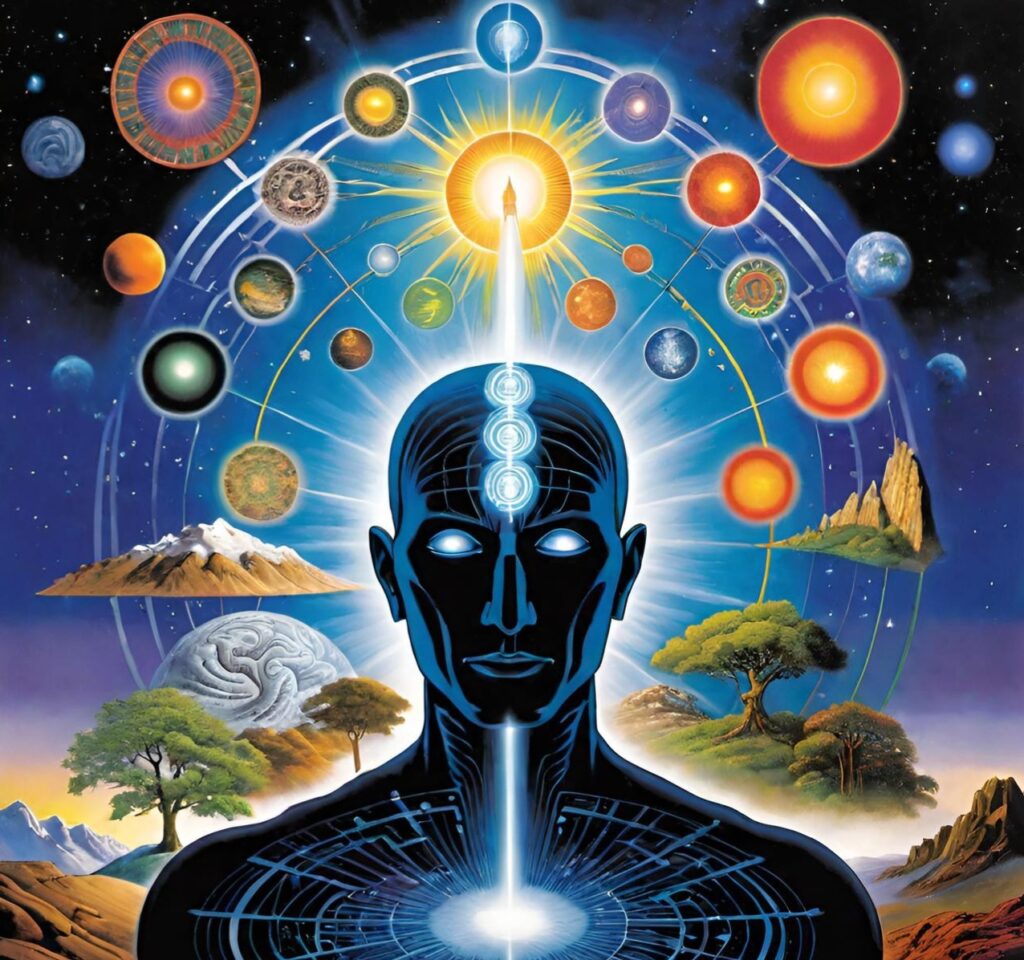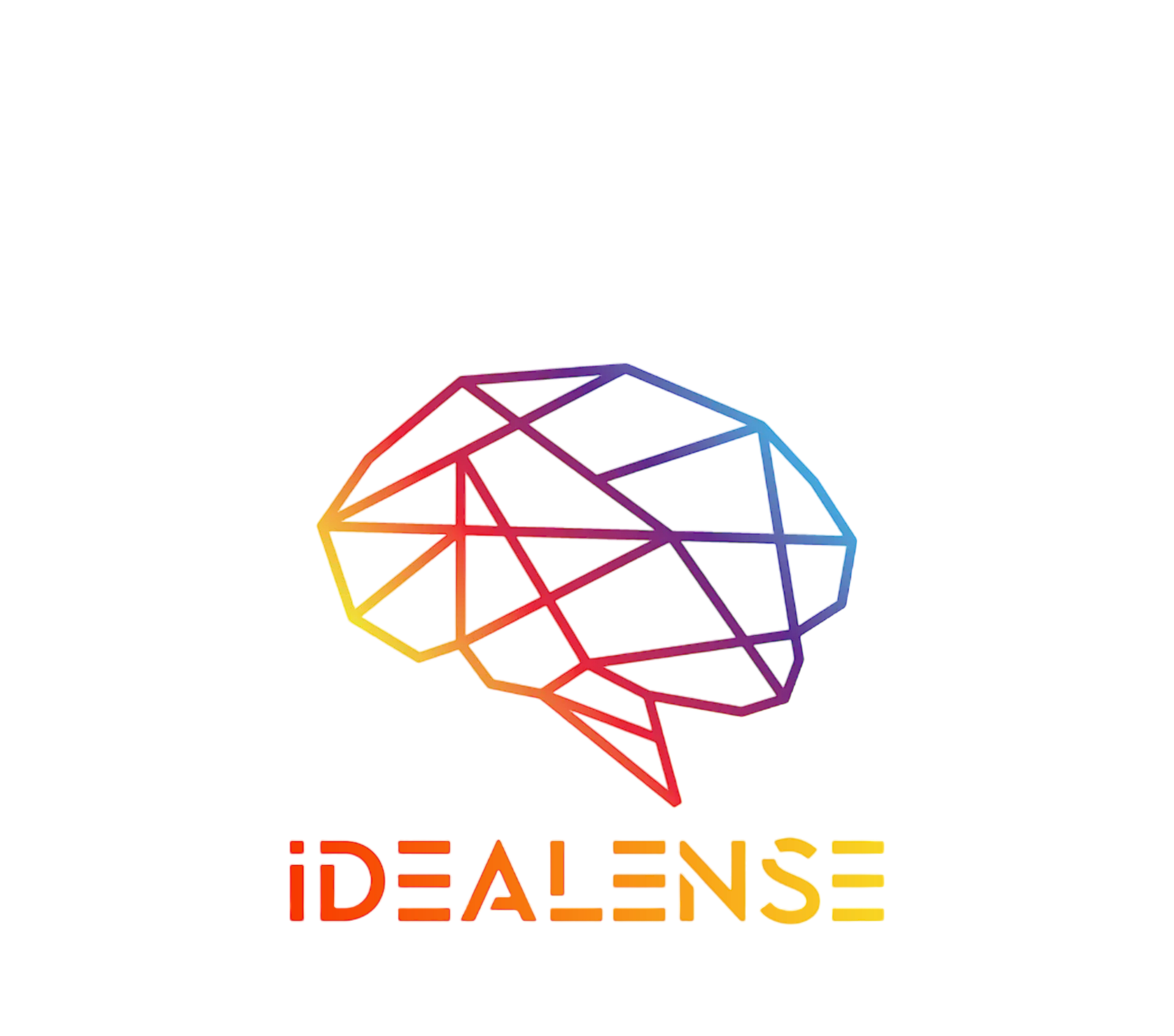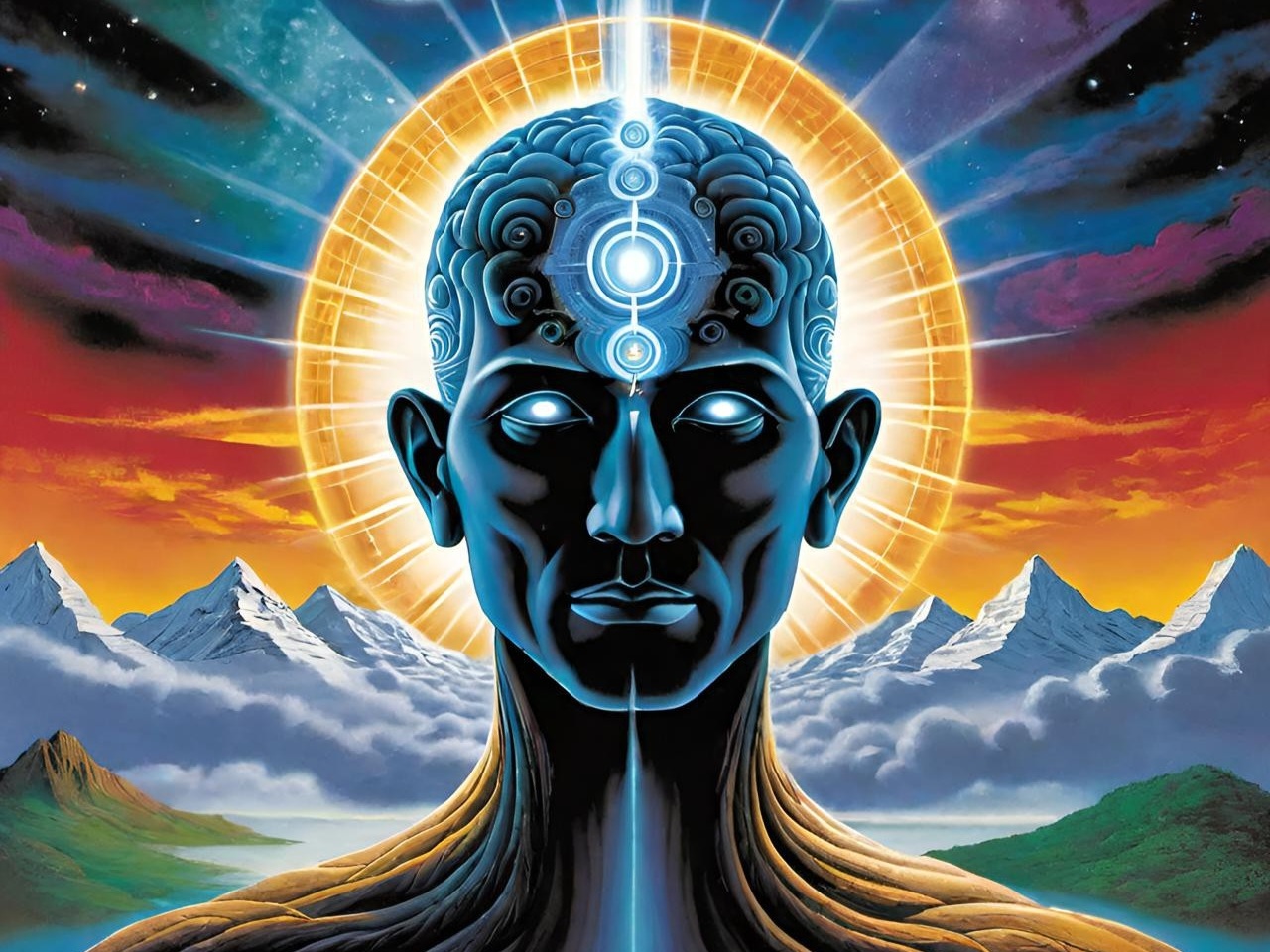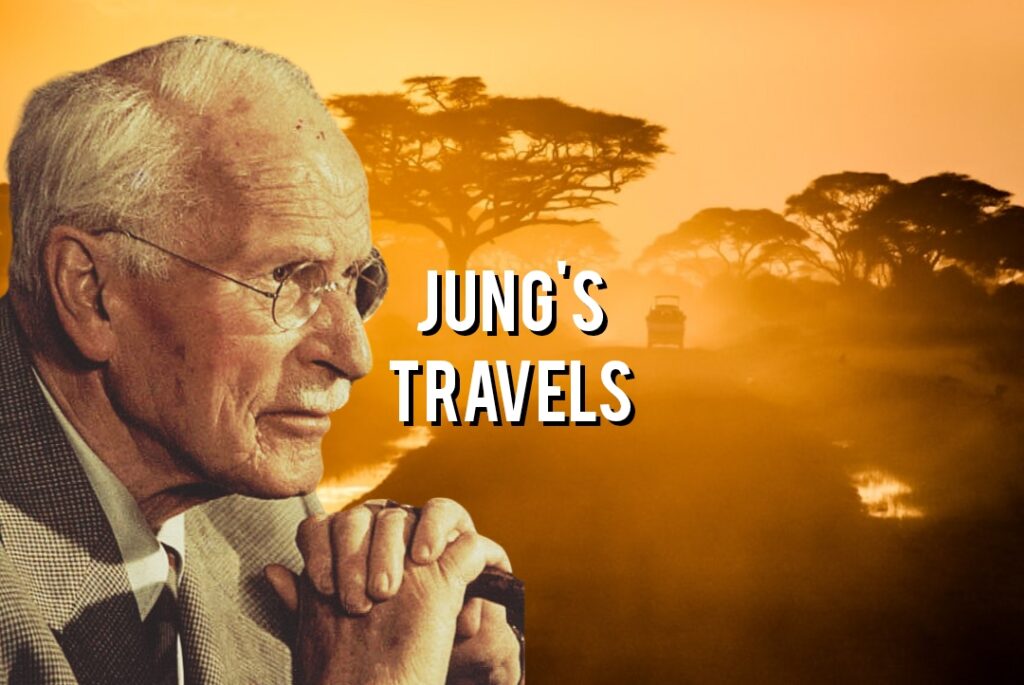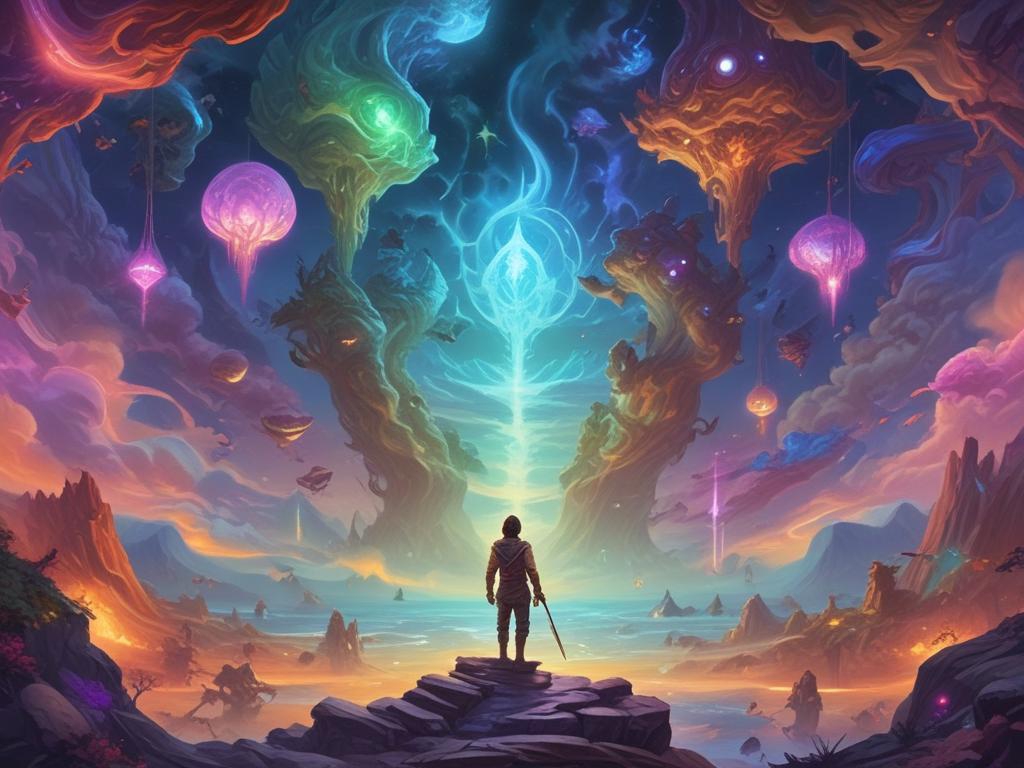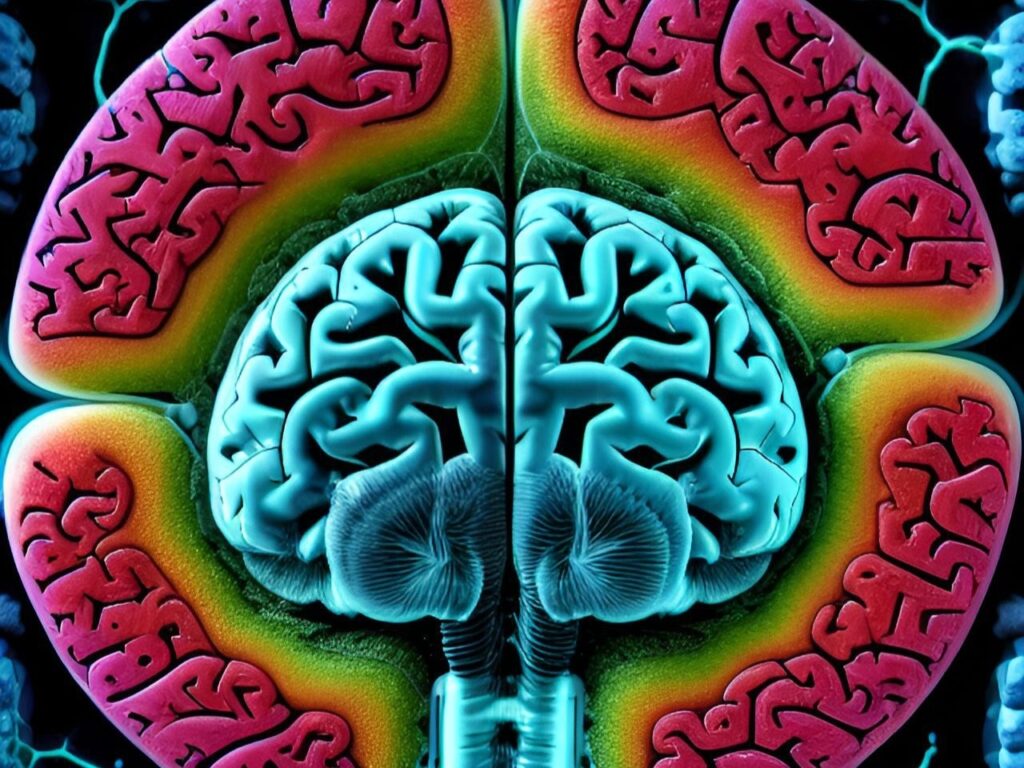Ever since first stepping into the corridors of college, I’ve held onto the profound framework by David R. Hawkins, a model of the 17 levels of consciousness. I don’t remember how I found out about it, but I believe it could be while writing a character for a shortfilm scenario. I thought his work would be handy for writing character arcs. But since then, it has become a staple for my own growth.
Presented in his influential book, “Power vs. Force,” Hawkins offers a comprehensive map that helps individuals understand their emotional and spiritual states. This model not only allows for self-reflection but also guides us toward higher levels of consciousness, enabling transformative personal growth.
Understanding Consciousness
At its core, consciousness refers to our awareness of ourselves and our surroundings. Hawkins posits that each level of consciousness corresponds to specific emotional states and behaviors. These levels range from lower states, characterized by fear, shame, and guilt, to higher states, embodied by love, joy, and peace. This spectrum provides a framework for individuals to assess their current state and identify pathways for growth.
The 17 Levels of Consciousness
1. Shame (20)
The lowest level of consciousness, characterized by feelings of humiliation and worthlessness.
2. Guilt (30)
Associated with feelings of blame and remorse, guilt often leads to self-punishment.
3. Apathy (50)
A state of hopelessness, apathy signals a lack of energy and motivation.
4. Grief (75)
Marked by loss and sorrow, grief can be a heavy emotional burden.
5. Fear (100)
Fear generates anxiety and distrust, often leading to a fight-or-flight response.
6. Desire (125)
This level is characterized by craving and attachment, often resulting in a cycle of dissatisfaction.
7. Anger (150)
Anger can be a powerful motivator but can also lead to destructive behaviors if unchecked.
8. Pride (175)
While pride can foster a sense of accomplishment, it often masks deeper insecurities.
9. Courage (200)
A pivotal level, courage represents the transition from lower to higher consciousness, embracing challenges and uncertainties.
10. Neutrality (250)
In this state, individuals experience acceptance and balance, free from extreme judgments.
11. Willingness (310)
A proactive state, willingness fosters openness to new experiences and personal growth.
12. Acceptance (350)
Acceptance allows individuals to embrace reality as it is, leading to a sense of peace.
13. Reason (400)
Characterized by rational thought, reason helps in understanding complex issues and making informed decisions.
14. Love (500)
A profound level characterized by unconditional love and compassion for oneself and others.
15. Joy (540)
Joy transcends mere happiness, representing a deep sense of fulfillment and connection.
16. Peace (600)
A state of inner tranquility and harmony with the universe.
17. Enlightenment (700-1000)
The highest level of consciousness, enlightenment represents a state of unity with all existence, free from ego and duality.
Applying the Levels in Daily Life
Understanding the 17 levels of consciousness can be a transformative experience. Here are some ways to apply this knowledge to foster personal growth:
Self-Assessment
Regularly evaluate your emotional state and identify which level you are currently operating from. This awareness can help you recognize patterns and triggers in your life.
Set Intentions
Use the levels as a guide to set intentions for personal development. Aim to move up the scale by cultivating positive emotions and practices.
Practice Mindfulness
Engage in mindfulness practices such as meditation or journaling to connect with your emotions and progress toward higher states of consciousness.
Seek Support
Consider working with a coach or therapist who understands Hawkins’ framework and can provide guidance on your journey.
Conclusion
David R. Hawkins’ 17 levels of consciousness offer a valuable map for personal growth and spiritual development. By understanding where we stand on this spectrum, we can take actionable steps toward higher states of being, ultimately leading to a more fulfilling and meaningful life. Embracing this framework not only enhances self-awareness but also fosters compassion and understanding for ourselves and others as we navigate the complexities of the human experience.
